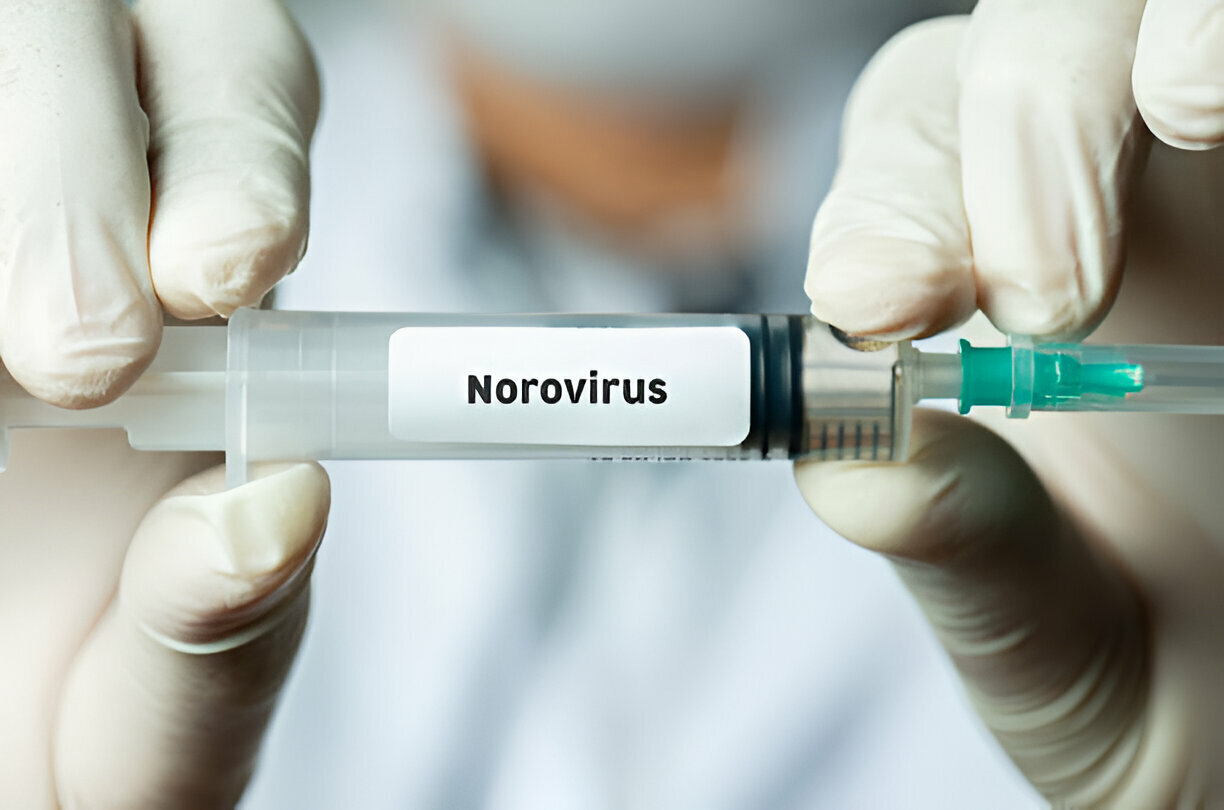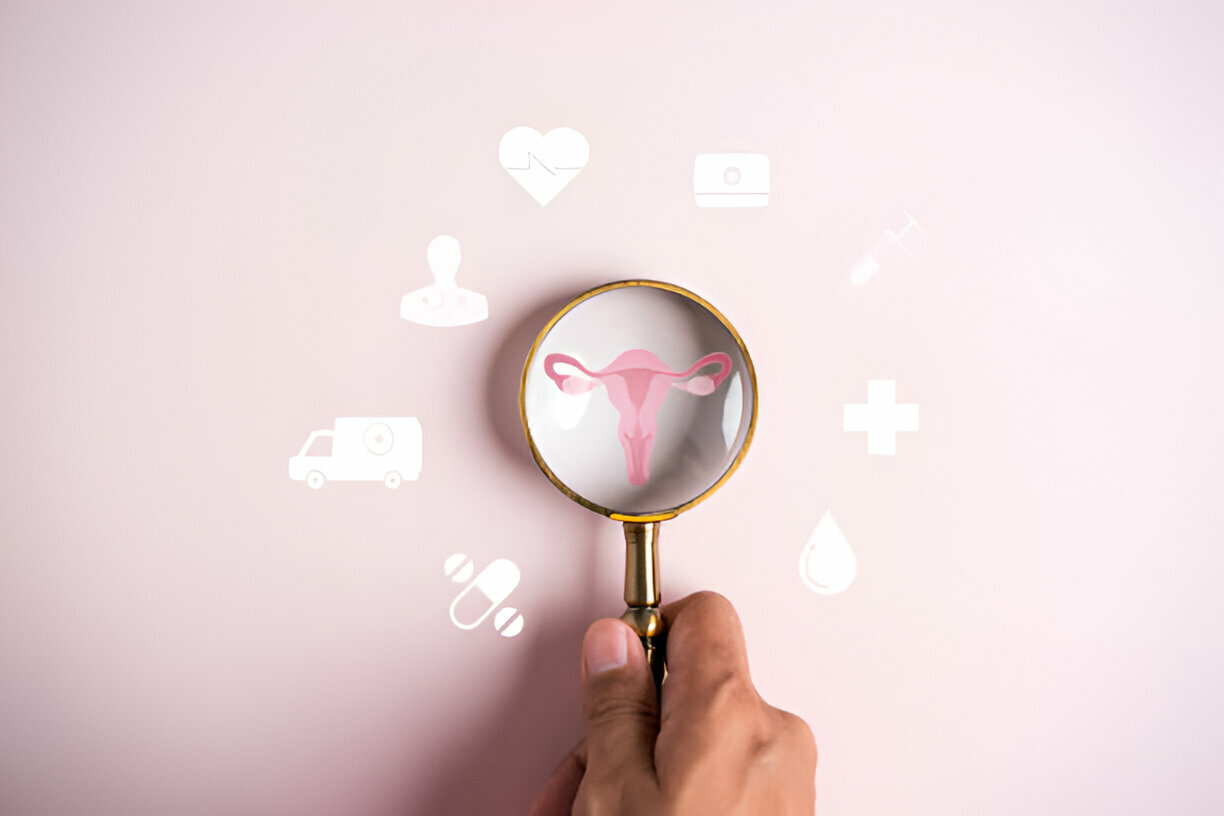Oropharyngeal Group B Streptococcus: A Hidden Threat to Neonatal Health

Group B Streptococcus (GBS) is a leading cause of neonatal infections, contributing to both early-onset and late-onset sepsis, which can have severe consequences for newborns. While the implementation of intrapartum antibiotic prophylaxis for rectovaginal GBS carriers has significantly reduced the incidence of early-onset GBS sepsis, the rates of late-onset infections have remained largely unchanged. This suggests the presence of an alternative reservoir of GBS exposure, potentially contributing to the persistent rates of late-onset neonatal GBS infections, even after the implementation of preventive measures targeting rectovaginal colonization.
How was this study conducted?
This prospective, single-center observational study was conducted at Arrowhead Regional Medical Center in Colton, California, to investigate the potential role of oropharyngeal colonization as a reservoir for neonatal GBS exposure. The researchers collected oropharyngeal swabs from three distinct groups known to come into close contact with neonates:
(1) mothers within 48 hours of delivery,
(2) their visiting family and friends, and
(3) healthcare providers directly involved in neonatal care, including nurses, respiratory therapists, physician assistants, and physicians.
The swabs were cultured and analyzed for the presence and serotypes of GBS using standard microbiological techniques, specifically selective agar plating and latex agglutination assays.
What were the key findings and their implications?
The overall prevalence of oropharyngeal GBS colonization among all study participants was a notable 23.1%, with the most commonly found serotypes being Ib, III, and V – serotypes known to cause the majority of early and late-onset neonatal GBS infections. Notably, the prevalence of oropharyngeal GBS colonization was 26% in mothers, 22% in family and friends, and 21.6% in healthcare providers. These findings suggest that the oropharynx may be an important reservoir for neonatal GBS exposure, potentially contributing to the persistent rates of late-onset neonatal GBS colonization or infection, even after the implementation of intrapartum antibiotic prophylaxis targeting rectovaginal colonization.
The high prevalence of oropharyngeal GBS colonization in individuals who come into close contact with neonates, such as through direct contact, droplet transmission, or close facial proximity during resuscitative measures, raises significant concerns about the potential for neonatal exposure to this pathogen. This potential reservoir could contribute to the ongoing problem of late-onset neonatal GBS infections, which have remained a challenge despite the implementation of preventive measures targeting rectovaginal colonization during pregnancy.
What are the implications and future directions?
The findings of this study highlight the need for further research to investigate the link between oropharyngeal GBS colonization in mothers, family members, and healthcare providers, and subsequent neonatal colonization or infection. Understanding this potential transmission pathway may lead to the development of strategies to reduce the risk of neonatal GBS infections, complementing existing preventive measures.
Future studies could explore the correlation between oropharyngeal and rectovaginal GBS colonization, as well as the potential for horizontal transmission from oropharyngeal carriers to neonates through close contact or droplet exposure. Additionally, longitudinal studies could investigate the potential contribution of oropharyngeal GBS exposure to late-onset neonatal infections, helping to elucidate the mechanisms and risk factors involved.
Furthermore, research into the factors influencing oropharyngeal GBS colonization, such as host immune factors, environmental exposures, or behavioral patterns, could provide insights into potential interventions to reduce this potential reservoir of neonatal GBS exposure.
Ultimately, a comprehensive understanding of the role of oropharyngeal GBS colonization in neonatal infections could lead to the development of targeted prevention strategies, complementing existing protocols, and potentially reducing the burden of both early-onset and late-onset neonatal GBS infections.
Mantacc Oropharyngeal Swabs
Innovative products like Mantacc's oropharyngeal swabs offer a reliable and convenient solution for collecting oropharyngeal samples, facilitating further research and screening efforts. Mantacc's swabs are designed with high-quality materials and advanced manufacturing processes, ensuring accurate and consistent sample collection. With their user-friendly design and proven performance, Mantacc's oropharyngeal swabs can play a crucial role in supporting ongoing research and clinical practices aimed at addressing the challenge of neonatal GBS infections.

References
Prevalence of oropharyngeal group B Streptococcus colonization in mothers, family, and health care providers










